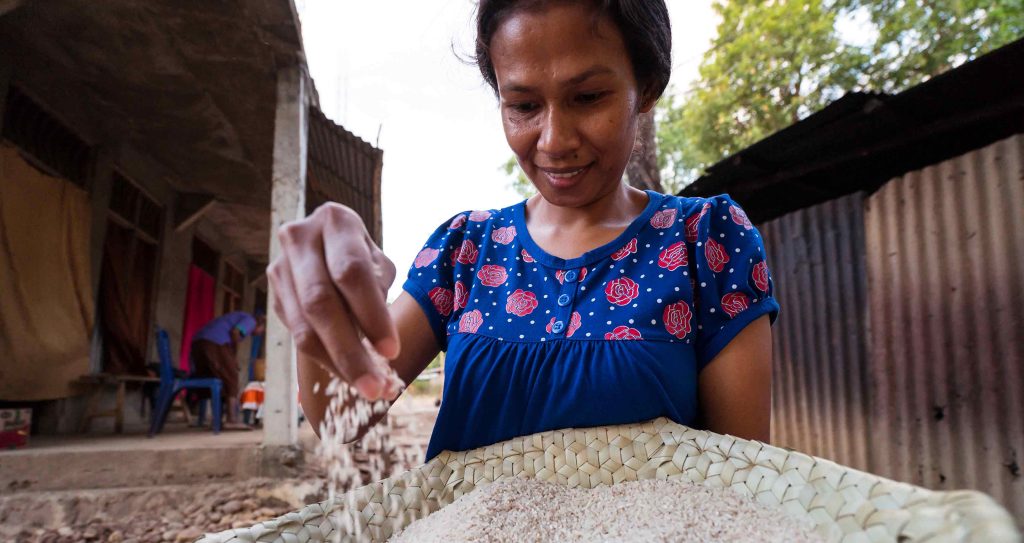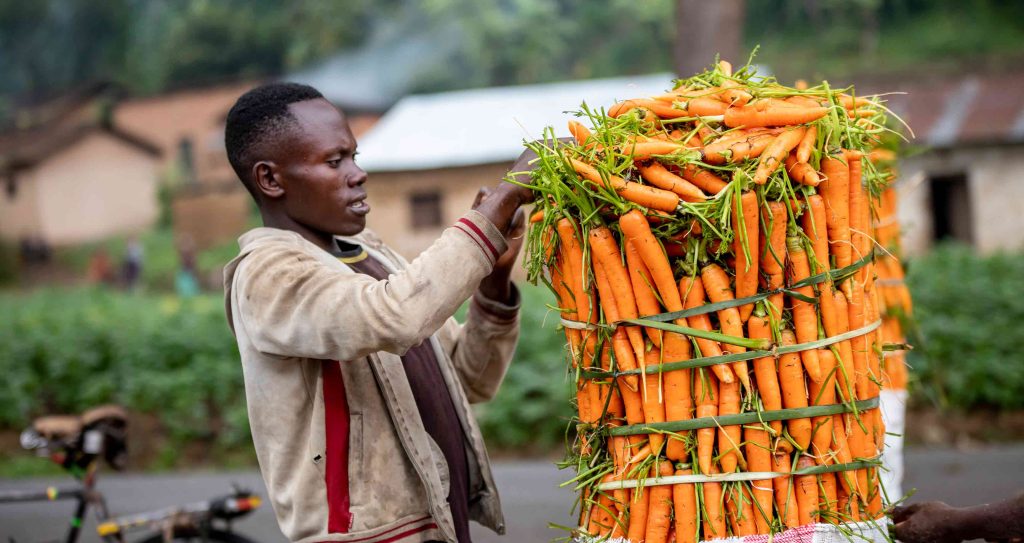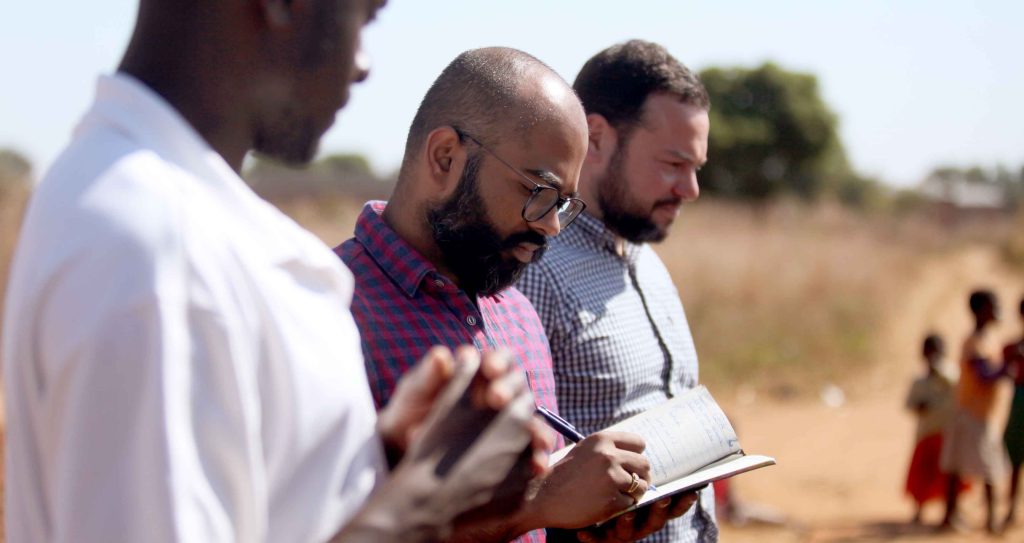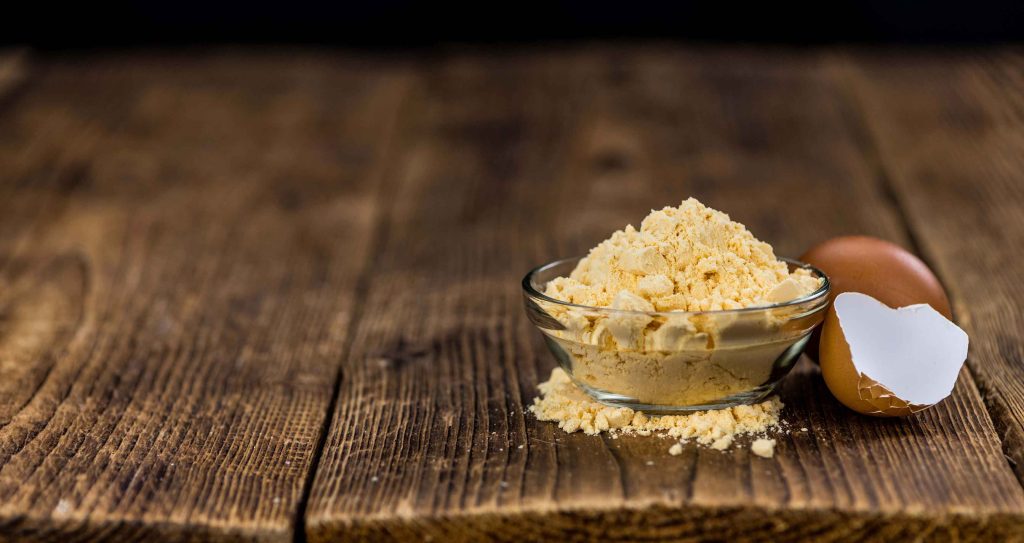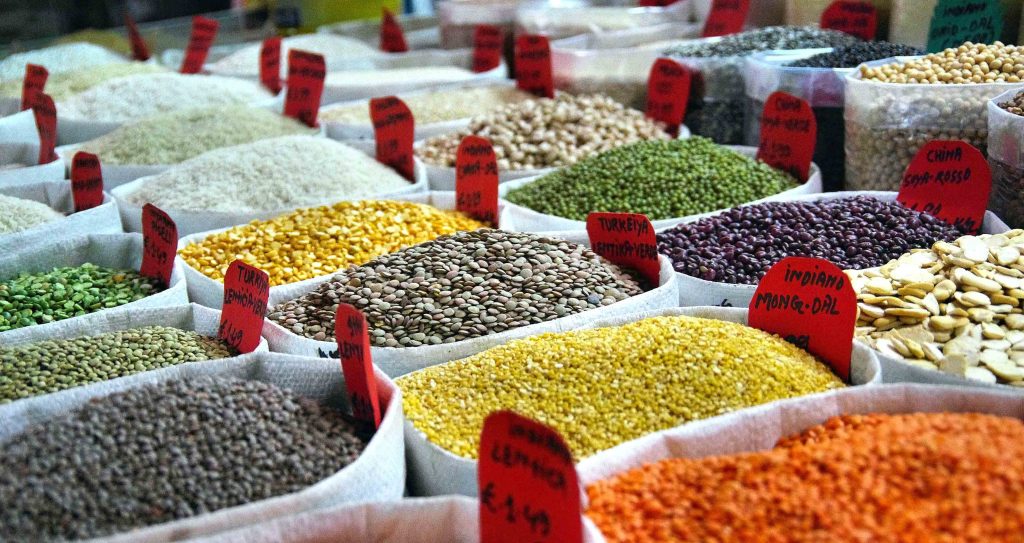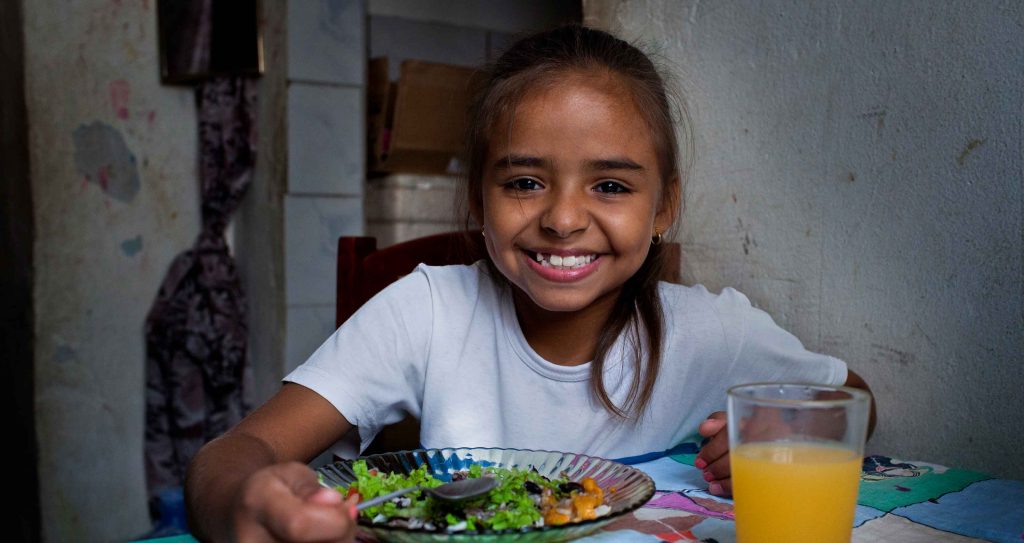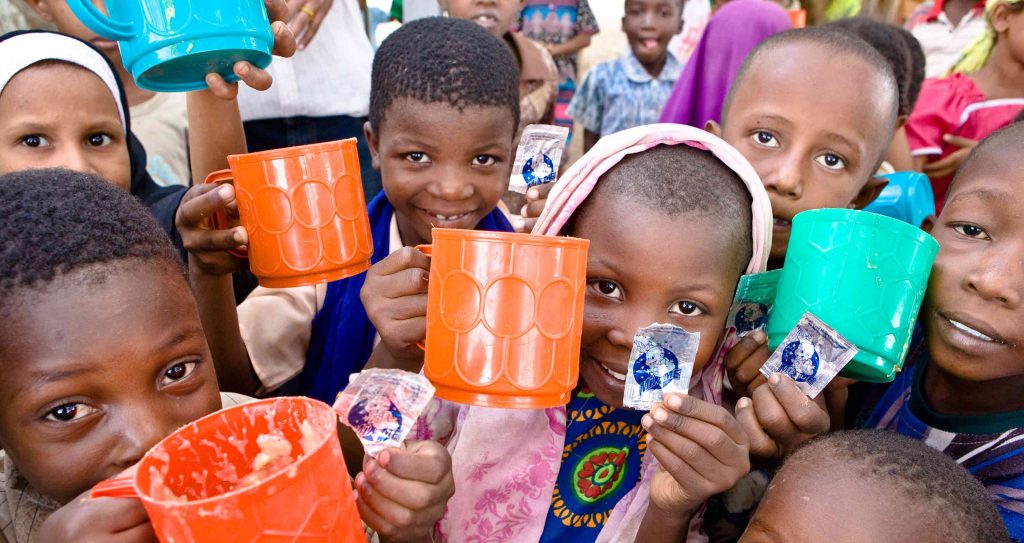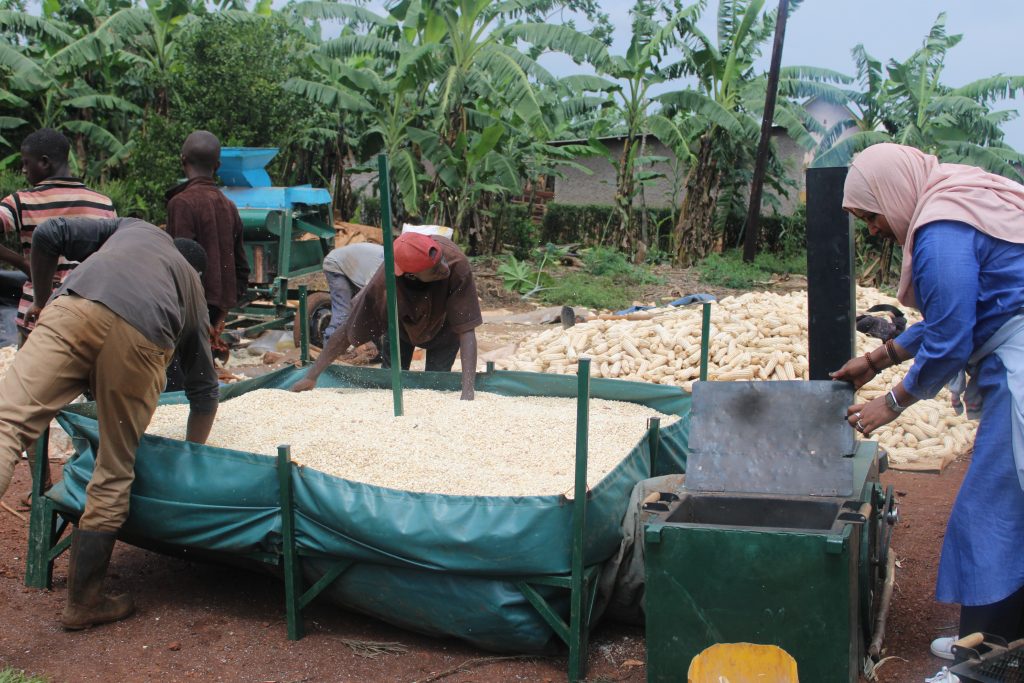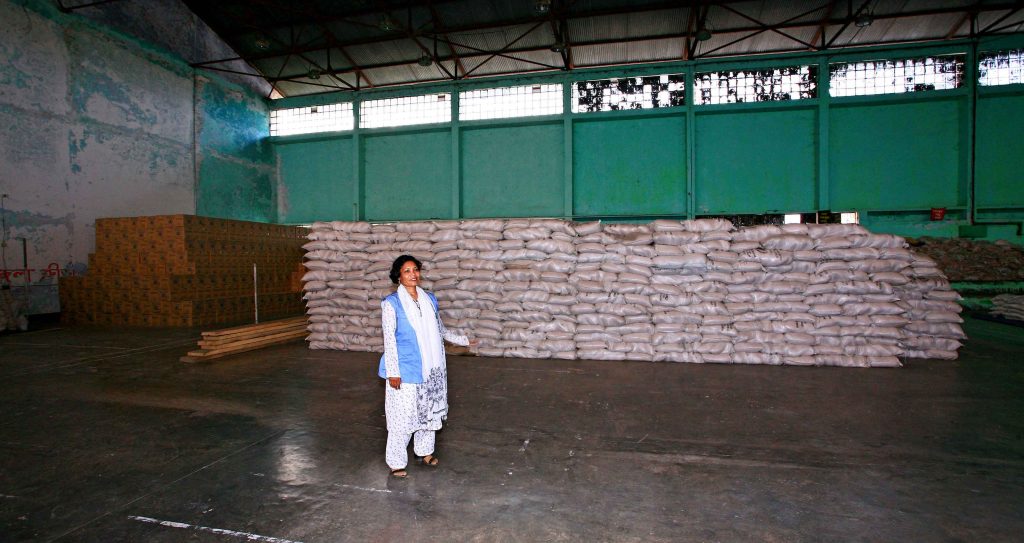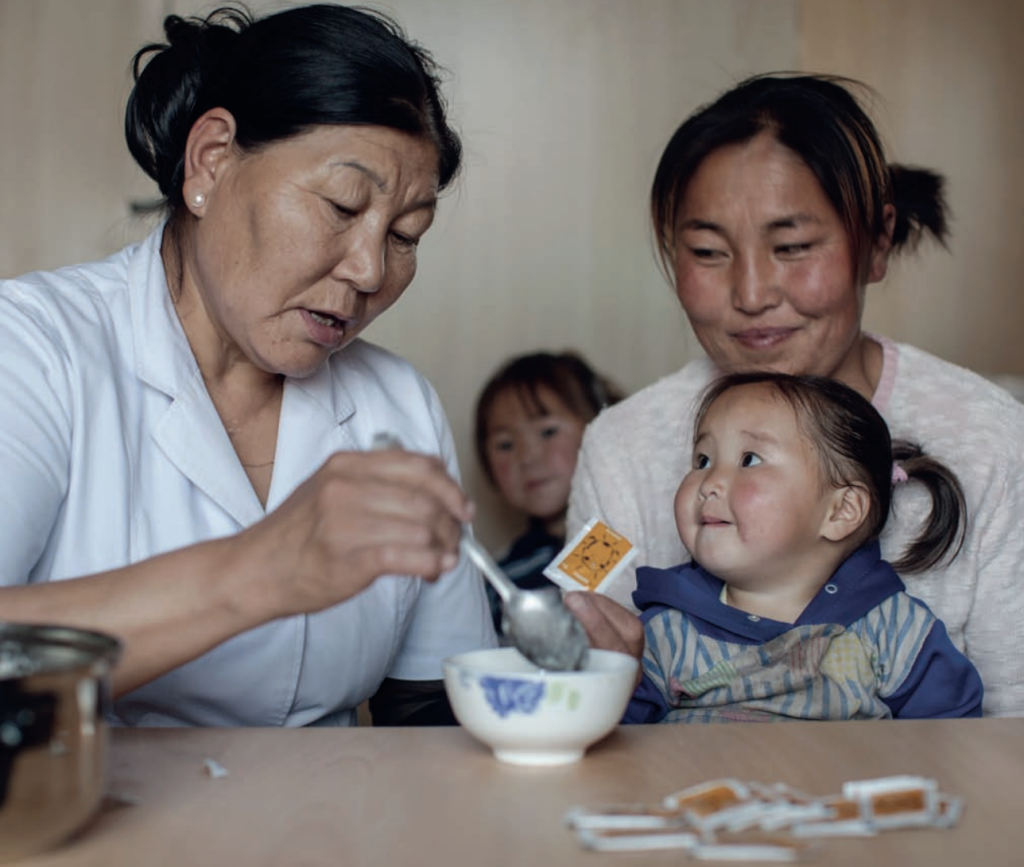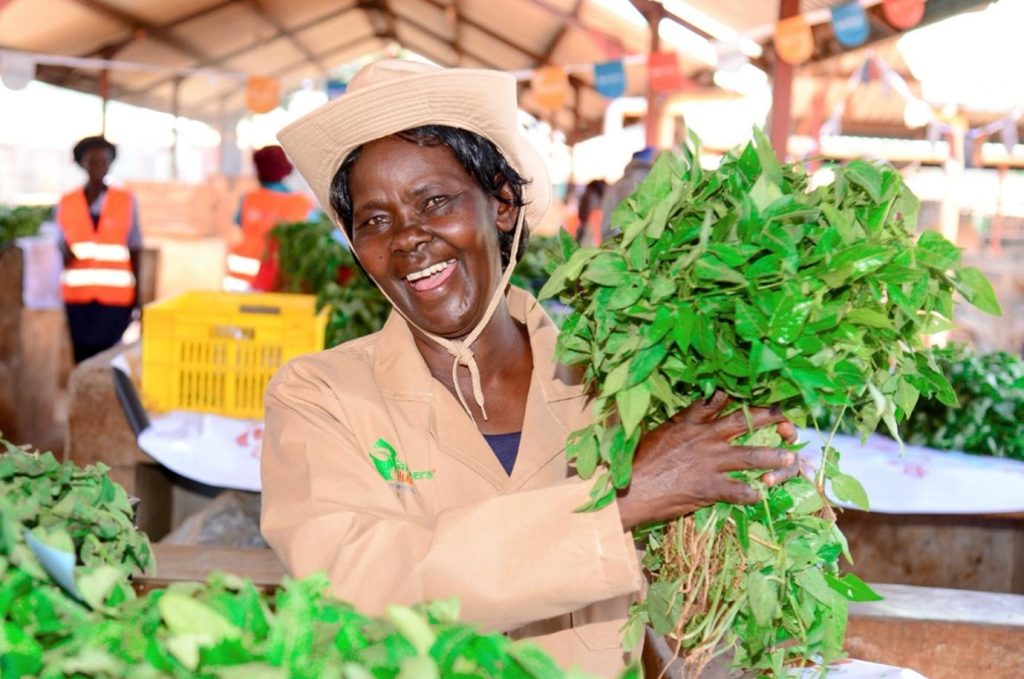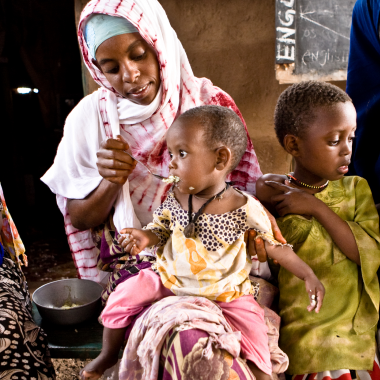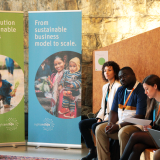Phytase – making day-to-day food more nutritious

To bring two phytase-based market driven food products to India and Nigeria – the largest consumer markets in South Asia and Africa.
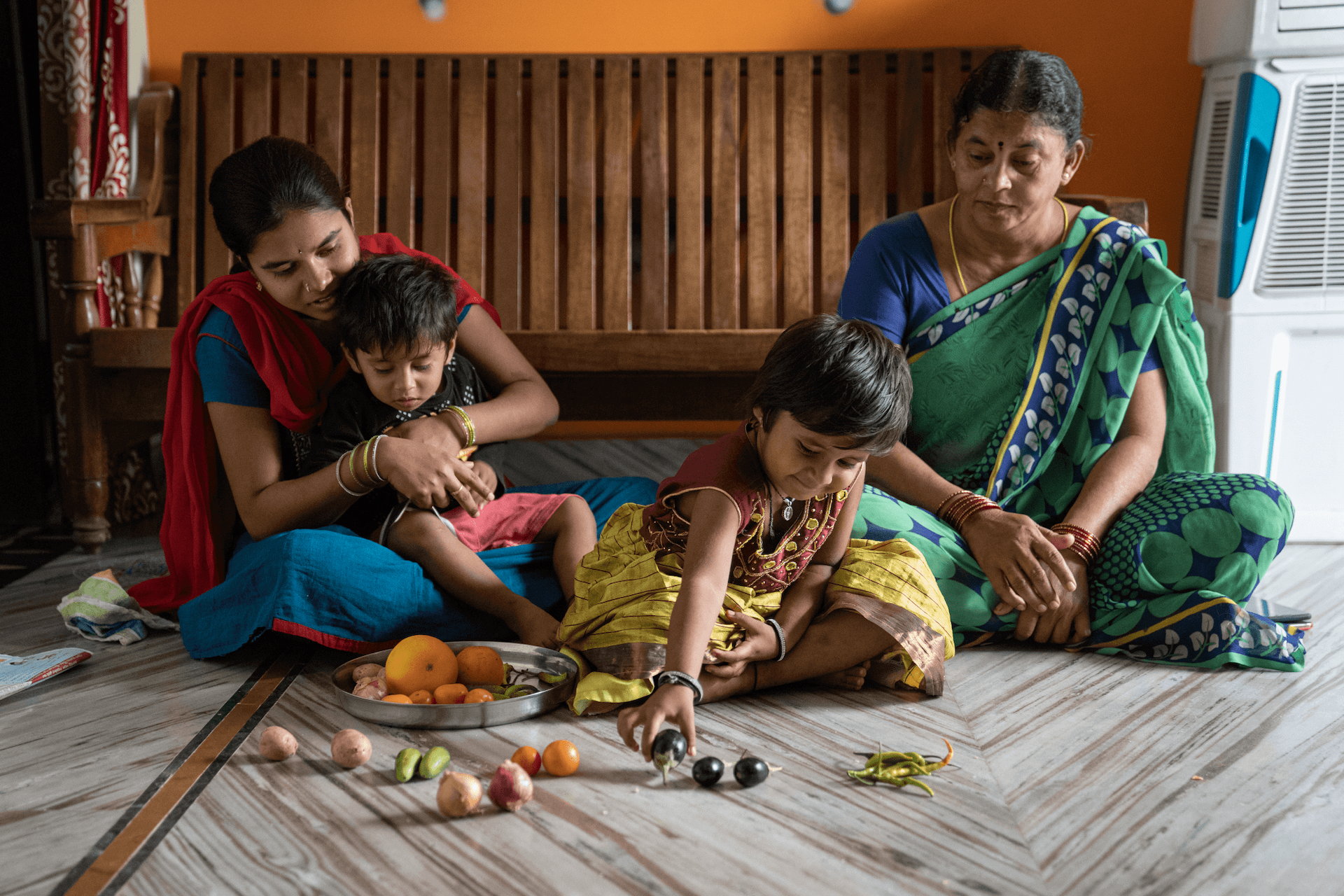
Approximately four billion people live primarily on a plant-based diet, out of which 50% suffer from micronutrient deficiencies. High levels of phytic acid in plants is one of the main reasons of the deficiency because it prevents absorption of critical micronutrients, leading to mineral deficiencies. Additionally, phytic acid hampers amino acid digestibility and, ultimately, causes malnutrition. Phytase, an evidence-based solution, degrades phytic acid and increases the absorption of calcium, zinc, iron, and other minerals, and improves the quality and digestibility of amino acids.
When implemented at scale, phytase-enriched foods are expected to reduce iron deficiency prevalence among women of reproductive age (WRA) by 30%. Despite strong evidence, addition of phytase in human foods is a novel intervention. Hence, over four years, SAL, in collaboration with food companies and phytase manufacturers, will:
- Create tasty, nutritious, accessible, and affordable phytase-based products that are aligned with consumer insights and aspirations.
- Encourage the production of phytase-based food products among food companies through sensitization workshops, and promote the products among general population, WRA, and PLW through behavioral change campaigns.
- Develop a sustainable business model that provides continued return to stakeholders together with environmental and societal benefits.
- Engage regulatory authorities in India and Nigeria through meetings and workshops to understand the regulatory environment and its impact on the project.
Key details
- Decades of research and 21 robust clinical trials have so far shown that phytase, when added to plant-based foods, can increase the absorption of iron, calcium, and zinc by two to five times.
- Phytase is approved by the four UN agencies — WHO, FAO, UNICEF, and WFP — for use in malnutrition programs since 2006. Adding phytase is more cost-effective than fortification with iron/ calcium/ zinc with almost 10% to 30% cost savings.
- JEFCA’s (Joint FAO/WHO Expert Committee on Food Additives) positive assessment of phytase safety and Codex’s listing of phytase as a permitted food additive proves that phytase is safe for human consumption. Both concluded use of phytase without any daily limit specified.
- Given its benefits to increase absorption of key minerals, phytase is already a multi-million-dollar product in the animal feed industry (feed is made of corn and soybean) and is projected to reach $1 billion in market value by 2025. In high-income countries, phytase is now increasingly drawing attention as more and more people shift towards plant-based diets. Phytase is available in some food supplements.
Discover more
Why tackle malnutrition
Understand how malnutrition affects our collective future
Global footprint
Discover our key projects across the world
Our strategy
Learn about our 3-stage plan to deliver direct impact on the ground
Our impact
Learn about the impact we have made on the ground so far all these chnages are in discover more section


